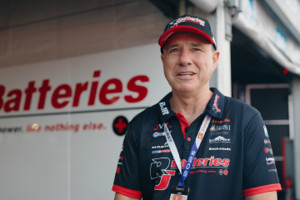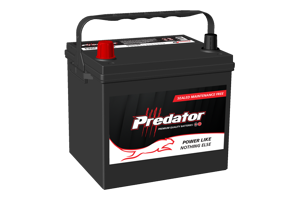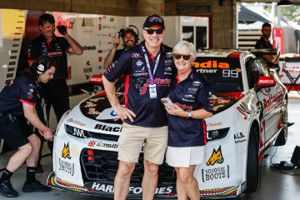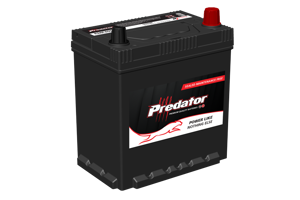Battery 101: Breaking Down the Battery Hierarchy
The complex nature of the automotive industry is known to all. The aftermarket industry is just as complicated leaving customers overwhelmed by the sheer number of options available. When it comes to the battery category alone, there are many types to choose from depending on power requirements, application, budget and lifestyle needs. The three types of automotive batteries predominately used today are Calcium (Maintenance Free), EFB (Enhanced Flooded Battery) and AGM (Absorbent Glass Mat) batteries. The notable differences between each type of battery are best explained using the battery hierarchy.
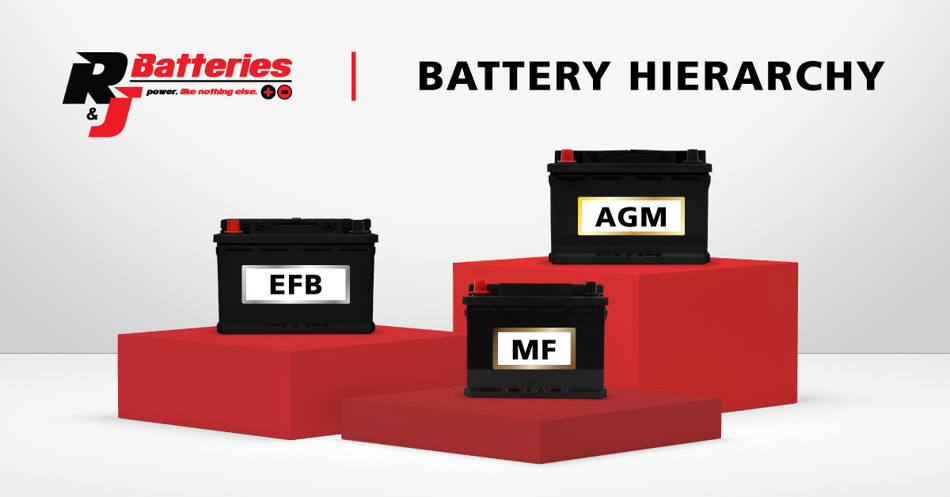
Calcium batteries are positioned at the base of the hierarchy. These are the most commonly used batteries among the three battery types. Calcium batteries are lead acid batteries which have small amounts of calcium added to both the positive and negative grids to improve durability and reduce water consumption. Calcium batteries are also maintenance free because the water in the electrolyte does not evaporate and therefore they do not require topping up with water. Despite these advantages, Calcium batteries require charging if not used regularly to prevent sulphation, which will reduce the service life of a battery.
In the middle of the battery hierarchy are the EFBs. These are relatively new to the market as they were developed specifically to cater to modern Idle Stop Start (ISS) vehicle requirements. They are based on the calcium battery design which means that they can be manufactured in a calcium battery factory using the existing equipment. Enhancements to the base design results in increased charge acceptance and cranking power, as well as the ability to constantly operate at partial State of Charge. Although EFBs are a step up from calcium batteries, they are considered an entry level option for vehicles that use ISS technology.
AGM batteries are the premium choice for high end and advanced ISS vehicles with recouperative braking. This is why they are positioned at the top of the hierarchy. AGM batteries are different to Calcium batteries in a number of ways however the chemical reaction is the same. AGM batteries use a compressible glass mat to separate the positive and negative plates in the battery. This mat also holds the electrolyte required for the battery to function. During assembly, the plate and mat assembly is compressed which enhances durability and vibration resistance. These factors mean that an AGM battery will last longer than a Calcium or EFB in the same application. AGM batteries are able to effortlessly cope with the high demands placed on the various accessories and technologies included in modern vehicles. In an ISS vehicle, the engine cuts off instead of idling to save fuel when the vehicle is stationary. It will rapidly restart when the vehicle is ready to drive off again. Despite these benefits, one of the biggest disadvantages of AGM batteries is that they are more expensive than Calcium batteries and EFBs.
When it comes to upgrading, there are a few things to note. While it is possible for many fitments to upgrade to a higher construction type, it not recommended to downgrade. For
example, a vehicle originally fitted with a Calcium battery can often be upgraded to an EFB or even an AGM battery provided that the case size is correct. If a vehicle originally fitted with an EFB battery was downgraded to a Calcium battery, the battery will succumb to premature failure. The installation location also matters as it is important to consider how hot the battery will get. Flooded batteries shed heat more efficiently than AGM batteries as the electrolyte can transfer the heat to the outer surface case.
ISS vehicles looking to upgrade from an EFB to an AGM battery may be able to do so as long as the battery is not subject to high heat. If the original battery has a heatshield fitted, it must be installed around the replacement battery. Seasonally used applications such as caravans and campers may also benefit from having a deep cycle AGM battery fitted as a deep cycle AGM battery will deliver more cycles compared to a flooded deep cycle battery.
A wide range of AGM, EFB and Calcium batteries are available at R&J Batteries. Explore the range by clicking on the button below or get in touch with your local branch for further assistance.
